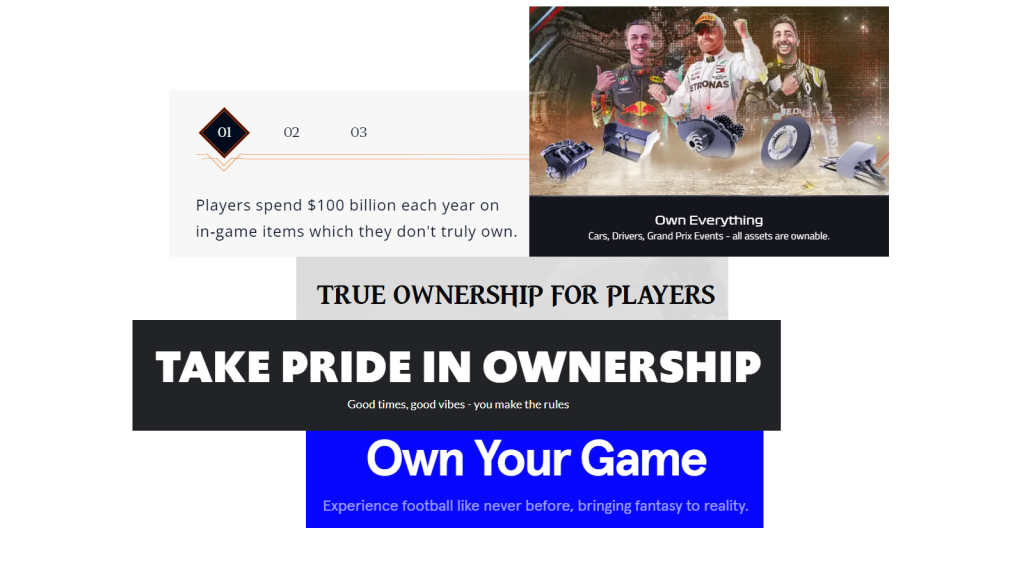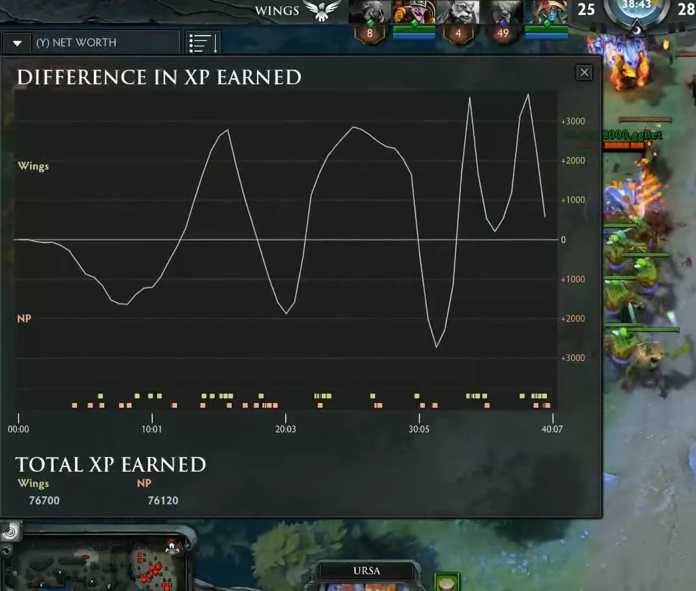
In 1989, political scientist Francis Fukuyama wrote an essay asking if we’ve reached The End of History? Often mischaracterized, the essay argues democracy and free markets represent the last evolution of political-economic systems. Fukuyama writes:
What we may be witnessing is not just the end of the Cold War or the passing of a particular period of post-war history; that is the end point of mankind’s ideological evolution and the universalization of Western liberal democracy as the final form of human government.
Blockchain may well represent game monetization’s End of History.
(more…)



